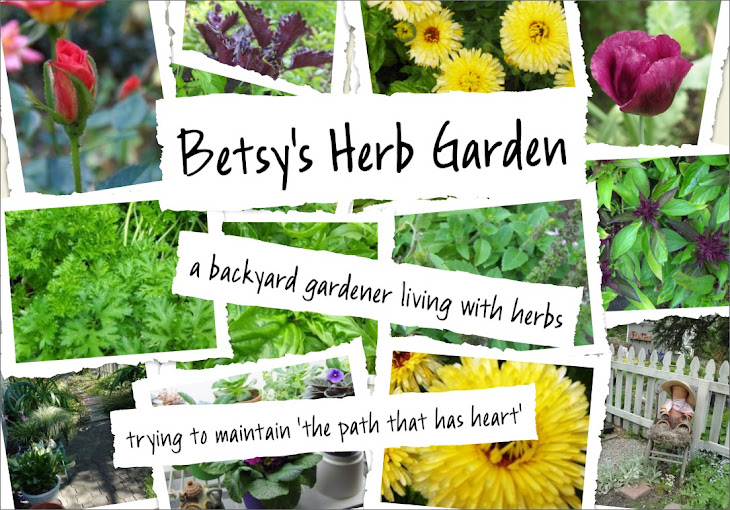Actually the recipe has been around for a long time: I just changed the name. You probably would recognise it if I said "Hot Artichoke Dip". The platter was cleaned, and the recipe requested, so here it is...
It's quick and EASY, and you can keep the ingredients handy, but I wouldn't serve it to the family all the time if I was worried about cholesterol. I just wanted to try it because it was a catchy little hook to teach about the lowly weed that symbolizes nobility, the thistle.
HOT ARTICHOKE DIP
1 container shredded-style Parmesan cheese
1 small jar Hellman's mayonaise
1 12-ounce jar marinated artichoke hearts, drained and chopped
2 cloves garlic, crushed
about 1 Tablespoon finely chopped red sweet pepper
(optional: 1 teaspoon dillweed)
Combine the ingredients in a bowl, pile into a pie plate. Bake at 400 degrees for 10-15 minutes, until the cheese melts and warms through. Serve warm.
If you follow the link above, you'll see that Wikipedia has a quite well done page concerning thistles, which are members of the aster/daisy/sunflower family, Asteraceae (which we used to call Compositae), with links to the many interesting thistly genera within the family.
The delicious Globe Artichoke that we ate last night is Cynara scolymus, and if, as a herbalist you've ever grown a cardoon, blessed, or Scottish thistle, you'd see the family resemblance.

Centauria montana
One year in the last century I grew from seed Our Lady's Milk Thistle which had the most attractive deep green glossy leaves with white streaking which was said to resemble Mary's maternal milk. (I will try to find a photo to post.)
But my most memorable intentionally grown thistle was the noble Scottish Thistle, Onopordum acanthium.
It began as a beautiful and large, felty grayish white rosette which made quite a lovely and unusual statement. In it's second year it became a ten-foot tall object of wonder, however, and gave me to understand that I had to get a handle, so to speak, on my love of unusual plants. Don't laugh, you've been there, gardeners. Maybe not as far down the rabbit hole as I was, but you've been there if you're a gardener.
So here it is.
Don't laugh.
Honestly, it just kept growing! After a while I just wanted to see what it would do!
Thank goodness the noble and TALL Scottish Thistle is a biennial.

"The thistle, in particular Onopordum acanthium (the cotton thistle or Scotch thistle), is the national flower of Scotland, and is featured in many Scottish symbols and logos. Legend has it that a Viking attacker stepped on one at night and cried out, so alerting the defenders of a Scottish castle. Nowadays many football clubs in Scotland use Thistle in their name, to give themselves both a patriotic and fierce perception by others."
and: "In the Language of Flowers, the thistle (like the burr) is an ancient Celtic symbol of nobility of character as well as of birth: for the wounding or provocation of a thistle yields punishment. The thistle was subsumed as a device of The Most Ancient and Most Noble Order of the Thistle and is a national symbol of Scotland."

A characteristic of these lowly but noble weeds is their seeds' longevity. It is said a viable thistle seed can live submerged in the soil for decades before it decides with Nature's indecipherable wisdom, that it is time to begin again. Something to think about.





1 comment:
I saw these fabulous giant plants in a book, Artists Gardens, but they were not identified; then found the website of the garden illustrated, Hestercombe in England, designed by Gertrude Jekyll. She put a row of these against a wall behind a bench -- they were dramatic and amazing! I still spent some time figuring out what they were, then discovered your site which reassured me they could be grown (if I find the seeds). Thanks for the good information.
Post a Comment